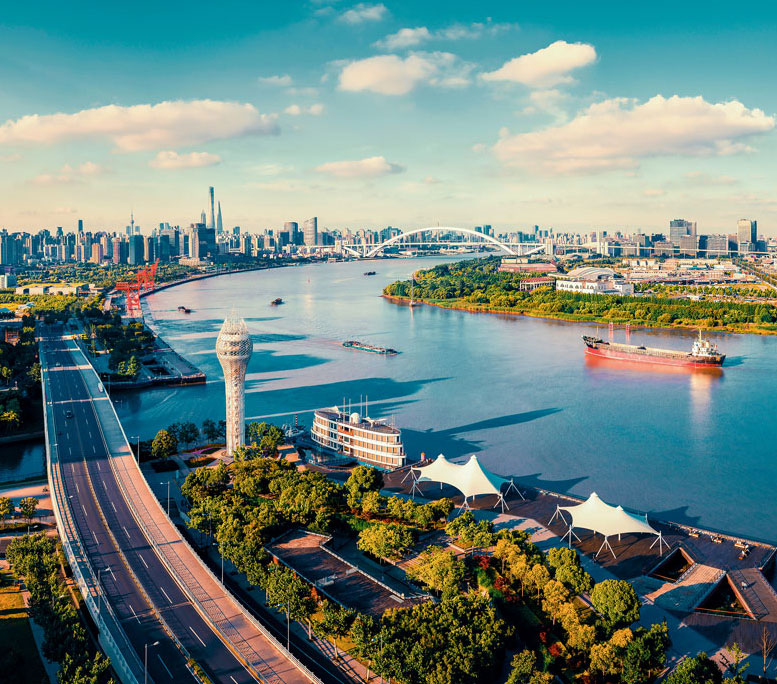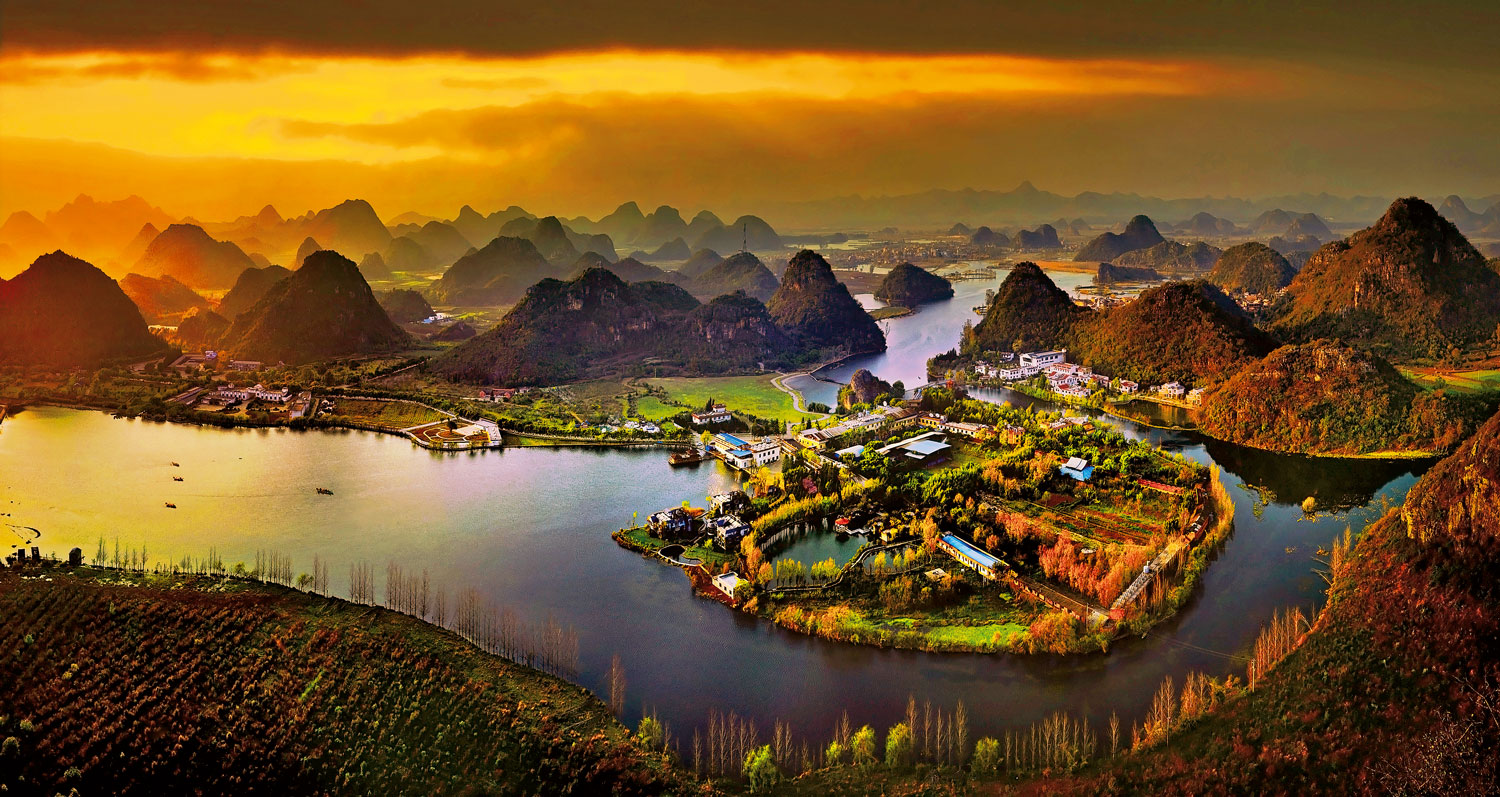
The Asia Workshop 2025 is dedicated entirely to China – a country that captivates with its diversity and beauty.
From the endless Great Wall and the mystical landscapes of Shangri-La to the glittering skylines of Shanghai and Shenzhen, China invites you to experience both history and the future at once.
Majestic imperial palaces in Beijing, the karst landscapes of Guilin, the snow-capped Jade Dragon Mountain, the surreal formations of Zhangjiajie, the Three Gorges on the Yangtze River, and Chongqing – a mountain metropolis that already offers a glimpse into the future of urban living – are just a few of the countless highlights.
Whether it’s historic landmarks, vibrant metropolises, or breathtaking natural wonders – China unites nature, culture, and innovation like few other countries.
At the Asia Workshop, you’ll gain valuable insights into China’s economy, science, and society – while discovering the fascinating diversity of China as a travel destination. China will enchant every visitor with its energy, hospitality, and magic!

China is a country of contrasts and rich history, where ancient traditions coexist with striking modernity.
Traveling through China is like taking a journey through time – from the monumental Great Wall and the mysterious Terracotta Army to the dazzling skylines of Shanghai and Shenzhen.
Cultural highlights can be found everywhere: traditional tea ceremonies, colorful New Year celebrations, and centuries-old temples that convey peace and spirituality.
Chinese cuisine reflects regional diversity – spicy flavors in the west, delicate tastes in the east, and fresh, vibrant dishes in the south.
Nature enthusiasts can explore dramatic mountain ranges, terraced rice fields, and tranquil river landscapes.
China is more than a travel destination – it is a place that engages all the senses. Open-minded visitors will discover not just a country, but an entire world of culture, nature, and innovation.

China offers a wide range of natural settings ideal for outdoor activities.
Hikes along the Great Wall, treks through the karst landscapes of Guilin, and mountain tours in the Himalayas provide unique opportunities for exploration.
Cycling through historic villages, taking boat trips on scenic rivers, or walking through national parks with distinctive rock formations showcase the country’s natural variety.
China is a rewarding destination for travelers who appreciate nature, adventure, and discovery.

China is home to one of the world’s oldest continuous civilizations.
For more than 4,000 years, dynasties such as the Qin, Han, Tang, and Ming have shaped the nation’s history.
Key inventions – including paper, the compass, gunpowder, and printing – originated in China and influenced the entire world.
Chinese culture values harmony, family, education, and respect for tradition.
Philosophies such as Confucianism, Daoism, and Buddhism continue to guide social and personal life.
Traditional art forms – calligraphy, Peking opera, tea culture, and festivals such as the Lunar New Year – remain deeply rooted in everyday life.
Chinese cuisine is as varied as the country itself.
Each region has its own culinary identity: bold and spicy in the west, refined in the east, fresh and aromatic in the south, and hearty in the north.
Traditional cooking techniques and presentation play an important role, from delicate dim sum to elaborate festive dishes.
Rice, noodles, vegetables, spices, and sauces form the foundation of countless regional specialties.
Whether enjoyed as street food at lively night markets or as gourmet meals in teahouses and fine restaurants, Chinese cuisine offers a rich and diverse culinary experience.

China uniquely combines its ancient heritage with a strong vision for the future.
Between historic imperial cities and rapidly developing urban centers, visitors experience a dynamic balance of tradition and innovation.
In Shanghai, futuristic architecture and advanced infrastructure illustrate the country’s technological progress, while Beijing preserves its historical and cultural legacy with dignity.
Digital technology shapes everyday life – from mobile payment systems to smart transport networks – highlighting China’s commitment to modernization.
At the same time, the country remains deeply rooted in cultural values that have evolved over thousands of years.
A journey to China offers a glimpse into a society where history and the future coexist in harmony.
Fremdenverkehrsamt der VR China in Zürich
Brandschenkestrasse 178
CH-8002 Zürich
Director:
Haisheng Liu
Kontaktperson:
Ms Yuan Qin, Marketing & Kommunikationsmanagerin